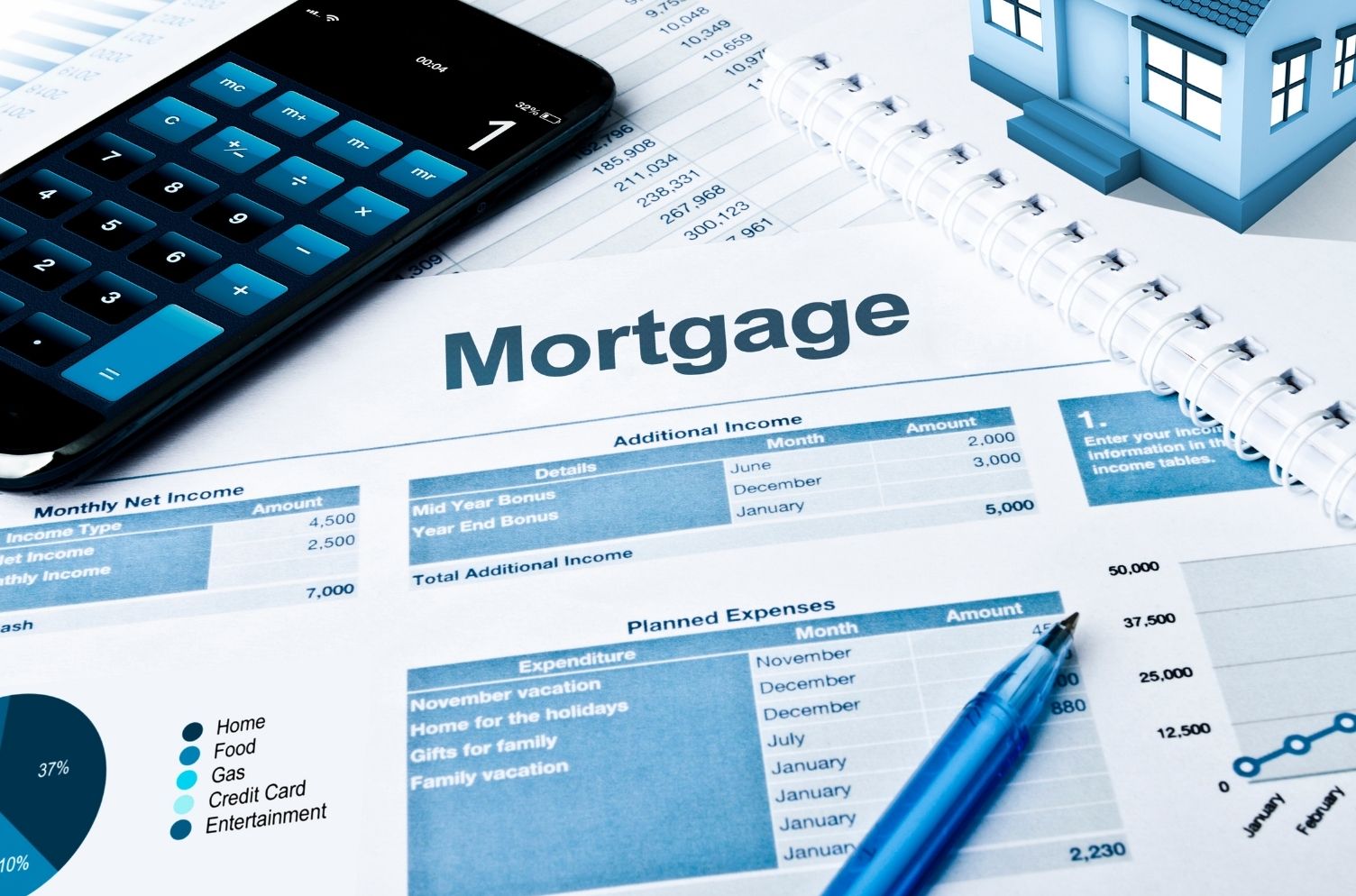Long-Term Property Investment Ideas For Maximising Gains

Experts recommend viewing property investment as a long-term commitment. Investing with an 8—to 10-year horizon—or even longer—tends to yield substantial gains. Historically, property has proven to be one of the most reliable forms of long-term investment, offering steady growth and significant returns when approached strategically.
Build a Sustainable Portfolio Over Time
For property investors aiming to build a sustainable portfolio, patience is key. Experts suggest purchasing one property every one to two years, depending on personal finances and the broader economic climate. The focus should always be on quality investments rather than quantity, selecting properties that align with specific criteria and current market conditions.
Many experts advocate for choosing freehold houses instead of leasehold ones when choosing properties. Freehold properties offer full ownership of both the land and the building, avoiding the potential complications and limitations often associated with leasehold agreements. Freehold houses are seen as more stable and flexible investments, particularly in the long term.
The Ideal Buy-to-Let Property Type
Industry professionals typically recommend freehold houses with one to two bedrooms as the ideal buy-to-let (BTL) investment. Two-bedroom houses, in particular, are considered the sweet spot—they tend to attract a wide range of tenants, from young professionals to small families, and often provide better value when examining rental yields and long-term returns.
A key recommendation from property investment experts is to put down a 30-40% deposit on each property. While this may seem like a significant upfront cost, it is critical for mitigating risks. A larger deposit helps secure better mortgage terms and protects investors from economic fluctuations. Though property prices are important, the size of the deposit has a more substantial impact on financial security and the ability to weather market changes.
Focus on Properties with Strong Rental Yields
Experts advise targeting buy-to-let properties with a rental yield of at least 6%. This ensures that the property generates enough income to cover mortgage payments and additional expenses. It’s also crucial to focus on areas with a strong demand for rental properties, reducing vacancy risks and ensuring a consistent stream of potential tenants.
Find a Flexible Buy-to-Let Mortgage
Securing the right mortgage product is another vital component of successful property investment. Many experts recommend finding buy-to-let mortgages that allow for overpayments without penalties. This flexibility will enable investors to pay down debt more quickly, reducing the overall cost of the loan. Using rental income to cover not just the interest but also the principal balance ensures that the property can be owned outright over time.
Prioritise Debt Repayment
Unlike many investors who opt for interest-only mortgages to keep monthly payments low, experts suggest choosing repayment mortgages. Interest-only mortgages may provide better short-term cash flow, but they don’t reduce the principal balance. This leaves investors with the full amount of debt when the loan term ends. Repayment mortgages, on the other hand, allow investors to gradually reduce the loan balance, building equity over time and lowering interest payments in the process. By ensuring the rental income covers the mortgage payments, investors can avoid out-of-pocket expenses and work towards owning the property debt-free.
Regular Remortgaging is Crucial
Industry experts emphasise the importance of regularly reviewing and remortgaging properties. Every few years, investors should reassess their mortgage terms to determine if there’s a better deal available. Remortgaging can result in significant savings, improve cash flow, and help build equity faster. It’s a crucial step for those looking to optimise their investment strategy and stay ahead of market trends.
While some investors attempt to enter the market with deposits as low as 15%, experts warn that this can be risky. A smaller deposit results in higher monthly mortgage payments, which may not be fully covered by rental income. This leaves investors having to cover the difference out of pocket, increasing financial strain. In contrast, a larger deposit—around 30%—ensures that rental income can cover both interest and principal payments, helping investors avoid becoming over-leveraged. Learn more about remortgage options here.
Why Repayment Mortgages Provide Long-Term Security
Interest-only mortgages may suit short-term investors or those banking on rapid property price appreciation. However, experts recommend repayment mortgages for long-term investors. These allow investors to steadily build equity, reduce their interest payments, and work towards outright property ownership. By ensuring the rental income covers both the interest and the debt, investors can gradually reduce their financial liabilities while retaining full ownership of their assets.
Let’s Talk About Your Property Investment Strategy
Whether you’re a seasoned property investor or just getting started, it’s essential to implement a strategy that focuses on long-term gains, selecting high-quality properties, and securing the best mortgage terms. By following these expert recommendations, you can build a sustainable property portfolio that delivers consistent returns over time.
At Revolution Brokers, we understand the importance of tailoring your financial strategy to your unique investment goals. If you're considering remortgaging and want to explore how you can enhance your portfolio’s performance, get in touch with our expert team today. Calculate how much you could borrow and discover the best remortgaging options to take control of your property investment journey.
Related Posts
Ask the Expert
Mortgage Brokers


_7779.jpg)

